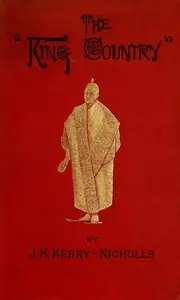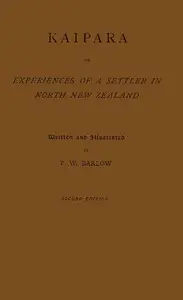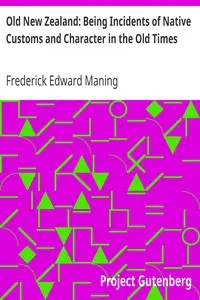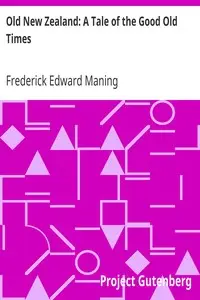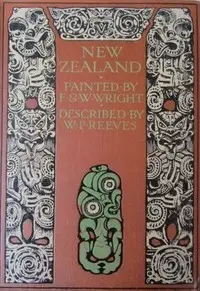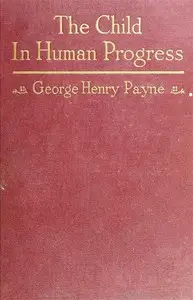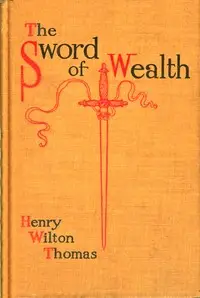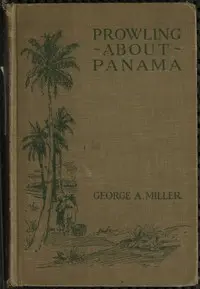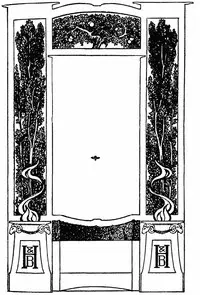"A Narrative of a Nine Months' Residence in New Zealand in 1827" by Augustus Earle is a tale from the early 1800s that recounts real-life encounters between European explorers and the Māori people of New Zealand. Told from the point of view of an artist and traveler, the narrative captures a time before New Zealand society saw major changes from European influence, where the reader gains a firsthand look at the customs, culture, and conditions of the country through vivid descriptions. The story begins with the author's journey from Sydney on the Governor Macquarie ship, laying out his thrill for adventure and desire to discover a unique society. As the ship nears New Zealand, Earle presents amazing images of nature and his first thoughts of the Māori, pointing out what they look like and how they acted when greeting them. His arrival at Hokianga captures the anticipation of being welcomed by the native people. Through the eyes of the artist, a series of meetings explore the complexities of life and cultural sharing during this turning point in New Zealand's history.
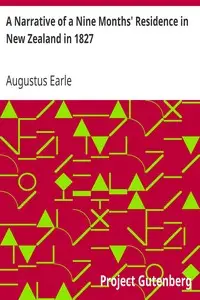
A Narrative of a Nine Months' Residence in New Zealand in 1827
By Augustus Earle
Embark on a journey to discover a land where European travelers meet indigenous people, revealing a world of unique traditions and changing landscapes.
Genres
Released
2004-04-01
Formats
epub
epub (images)
epub3 (images)
mobi
mobi (images)
txt
Free Download
Summary
About the AuthorAugustus Earle (1793–1838) was a British painter. Unlike earlier artists who worked outside Europe and were employed on voyages of exploration or worked abroad for wealthy, often aristocratic patrons, Earle was able to operate quite independently – able to combine his lust for travel with an ability to earn a living through art. The body of work he produced during his travels comprises a significant documentary record of the effects of European contact and colonisation during the early nineteenth century.
Augustus Earle (1793–1838) was a British painter. Unlike earlier artists who worked outside Europe and were employed on voyages of exploration or worked abroad for wealthy, often aristocratic patrons, Earle was able to operate quite independently – able to combine his lust for travel with an ability to earn a living through art. The body of work he produced during his travels comprises a significant documentary record of the effects of European contact and colonisation during the early nineteenth century.
Total Reviews
10.0k
Total reviews from Goodreads may change

